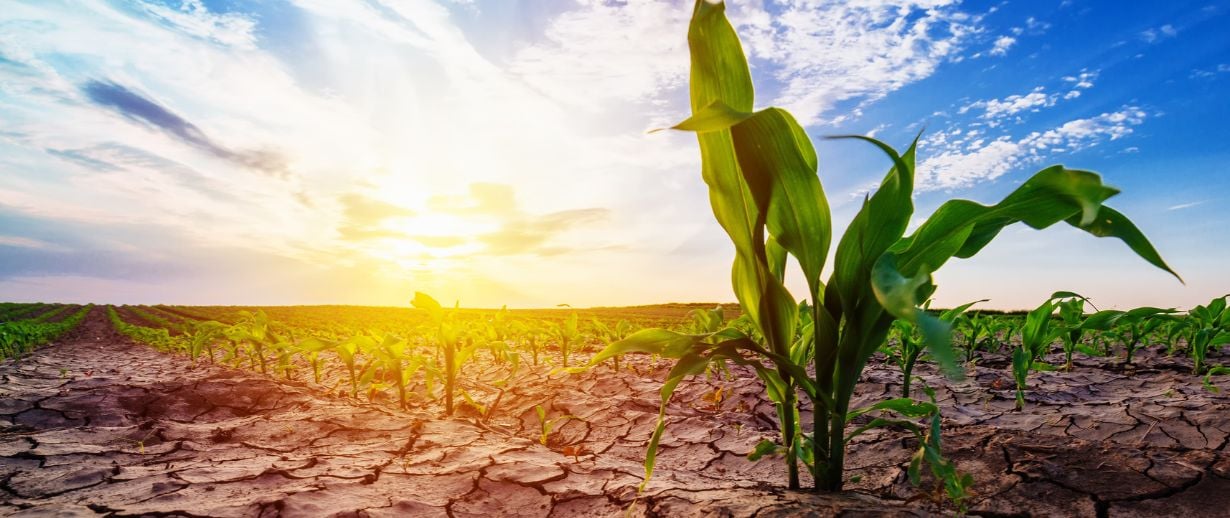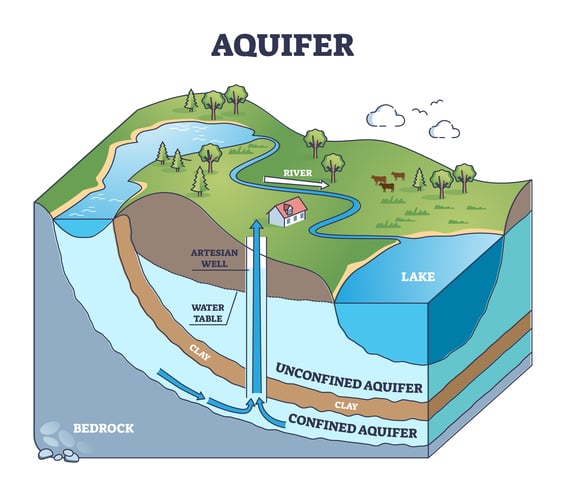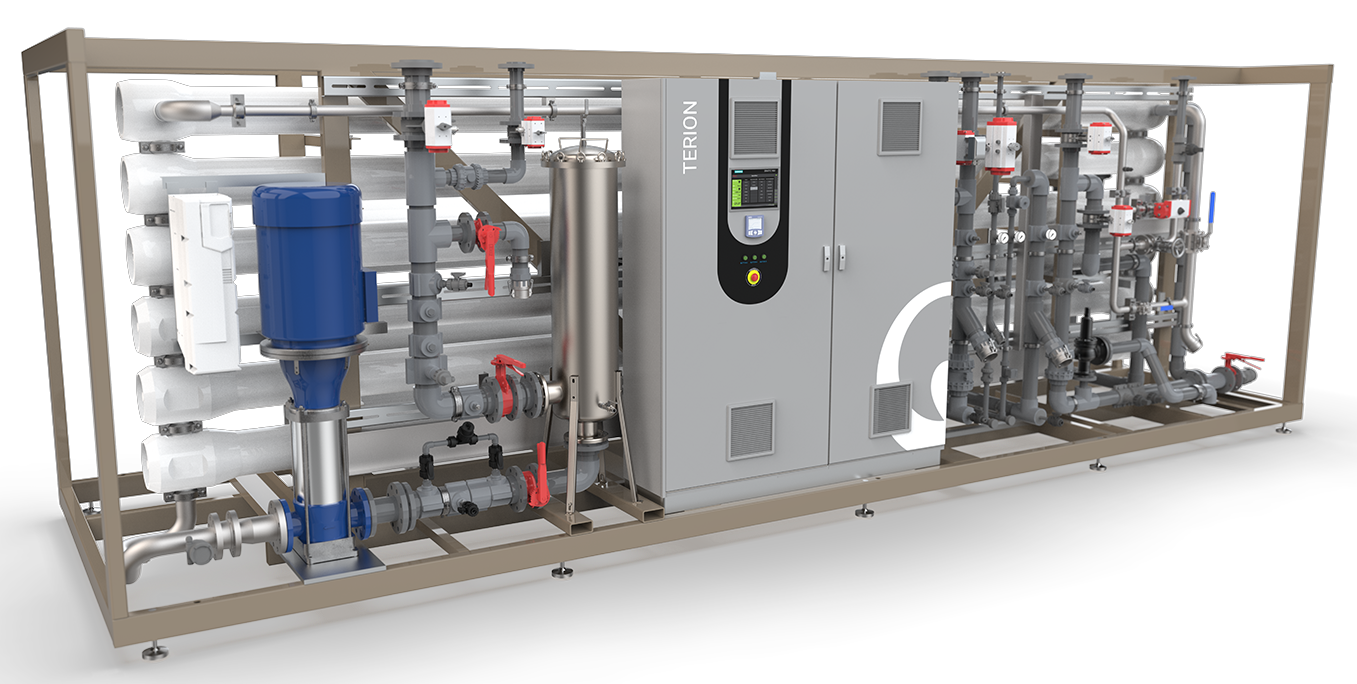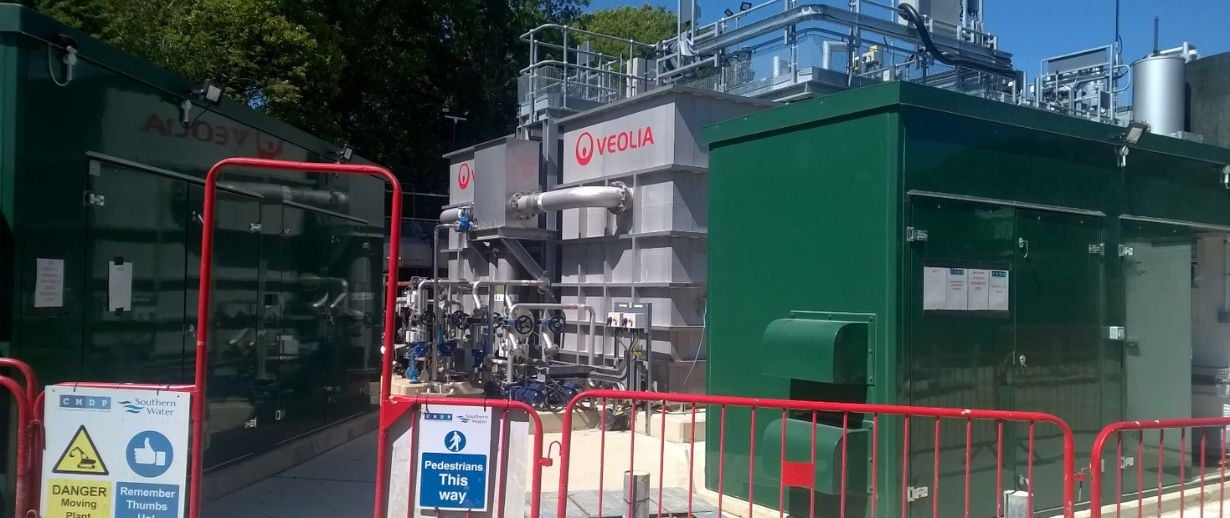In the last few years Europe has faced shortages in many things but now – perhaps most worryingly of all – it is the depletion of a vital resource: water. Across the continent, a potent combination of hot summers, extended periods of very little precipitation and high demand have placed water resources under intense strain. Here Gisela Schilling, Sustainable Growth Director, explores the issue.
What is a drought?
While there is no universal definition of the term drought, it is broadly agreed that drought is an absence of precipitation for an extended period of time resulting in a shortage of water. Drought is also hard to track over a large geographical area because the factors affecting it are location-specific.
Drought and its effects

Despite the complexity of mapping drought over a large area, weather patterns over the last few years have resulted in a depletion of surface and groundwater resources that many are calling a continent-wide drought. A report from the Copernicus Climate Change Service (C3S) labelled 2022 as 10% drier than the average year with flows in almost two-thirds of Europe’s rivers below expected levels.1
Widespread drought has not only affected the environment and local communities, it is having far-reaching impacts on a diverse range of industries. For example, in the summer of 2022, several French nuclear power stations had to slow down energy production because drought conditions meant they were unable to adequately cool their reactors. This, combined with other factors, meant that in 2022 France – traditionally an exporter of energy – faced an energy deficit.2
This trend continued into 2023 with many parts of the continent experiencing lower-than-average rates of precipitation in late winter and early spring. As the summer progresses, farmers across Europe are bracing for poor harvests as a result of dry conditions.
At the time of writing (July 2023), 41% of all EU territory remains under drought warning.3
Even after rain in June and July relieved some symptoms of drought in southern areas, temperatures of up to 50°C along the Mediterranean introduced the risk of wildfires.
Part of a wider trend
In July 2020 German researchers in Potsdam published ‘Quantifying the Central European Droughts in 2018 and 2019 With GRACE Follow On’, a paper that used satellite gravimetry data to analyse the long-term reduction in European water resources in aquifers, lakes, rivers, ice sheets and glaciers. The paper found that whilst depletion of surface water has been alarming, the continent is also losing its groundwater reserves (water stored under the surface in aquifers) faster than they are being replaced by precipitation.4

Being mostly invisible, groundwater is discussed very little in the press and yet it supplies 65% of the EU’s drinking water and 25% of its agricultural water.5 Its rapid depletion, even in countries where water is not traditionally thought of as scarce is forcing governments to look for alternative sources.
What can be done?
These are complex issues brought upon by the climate crisis and a growing global population and, as a result, there are no simple solutions. The world needs a multifaceted and long-term approach to reduce water consumption and reduce the pollution of existing water resources whilst also recharging our depleted surface water and groundwater supplies. Taking advantage of modern water management systems is the best way to achieve these demanding goals.
Reducing water consumption is vital to ensuring excessive depletion of our remaining resources does not occur. This can be achieved by cutting down on the amount of water used but also - and perhaps less drastically - by efficiently looking to reuse water from industrial processes. For example, VWT UK’s TERION™ high recovery RO-CEDI systems allow industrial facilities to treat and then utilise their wastewater in boilers or cooling towers, slashing dependency on external water sources. 
Leak prevention is also essential to reducing consumption. Between 2021 and 2022 it is estimated that UK water companies lost nearly 2,289 million litres of water a day through leaks alone.6 However, the impact of leakages can be significantly reduced with VWT UK’s cloud-based digital monitoring system Hubgrade™. For example, Hubgrade™ Sewer View can monitor both water and wastewater systems and quickly alert operators to any leakages, allowing for the prompt dispatch of an engineer.
Stopping the pollution of existing water supplies is another crucial facet of a sustainable long-term strategy. Optimising effluent treatment plants to cope better with storm surges – and the increasing pressure placed on sewage systems by population growth – is the best way to keep existing freshwater sources clean. VWT UK’s ACTIFLO® clarifier delivers high-rate clarification via its patented technology, all within a footprint up to 50-times smaller than conventional systems. This allows for a greater quantity of effluent to be treated in a smaller area, maximising efficiency and reducing the likelihood of having to use storm overflows.

Hubgrade™ Performance Sewer Flex also optimises treatment facilities to cope with extreme weather conditions by utilising forecasts to predict storm events, engaging Stormwater Mode and increasing a sites hydraulic capacity to reduce the likelihood of storm overflow discharges.
Finally, by improving wastewater management systems, we can work towards recharging surface and groundwater stocks. By implementing VWT UK’s ACTIFLO® Disc (an ACTIFLO® clarifier unit coupled with a Hydrotech Performance Disc Filter) as a tertiary treatment of municipal wastewater, treated water can be injected back into groundwater supplies. Rainwater harvesting also plays an important role in the recharge of water supplies. By collecting and utilising rainwater we can reduce our reliance on ground and surface water and allow these resources the opportunity to naturally replenish. However, the source of the rainwater and its intended use would need to be carefully analysed and a sufficient water treatment system put in place if necessary.
Whilst there are significant challenges to overcome in the management of Europe’s precious water resources, there is also a diverse range of solutions that can implemented. For more information on sustainable solutions, click here.
1 Copernicus Climate Change Institute, https://climate.copernicus.eu/esotc/2022/european-state-climate-2022-summary.
2 GRS, https://www.grs.de/en/news/situation-nuclear-power-plants-france-how-has-situation-evolved-our-neighbouring-country.
3 European Drought Observatory, https://edo.jrc.ec.europa.eu/documents/news/GDO-EDODroughtNews202306_Europe.pdf
4 AGU, https://agupubs.onlinelibrary.wiley.com/doi/10.1029/2020GL087285.
5 European Environment Agency, https://www.eea.europa.eu/publications/europes-groundwater.
6 GOV.UK, https://www.gov.uk/government/publications/water-and-sewerage-companies-in-england-environmental-performance-report-2022/water-and-sewerage-companies-in-england-environmental-performance-report-2022.